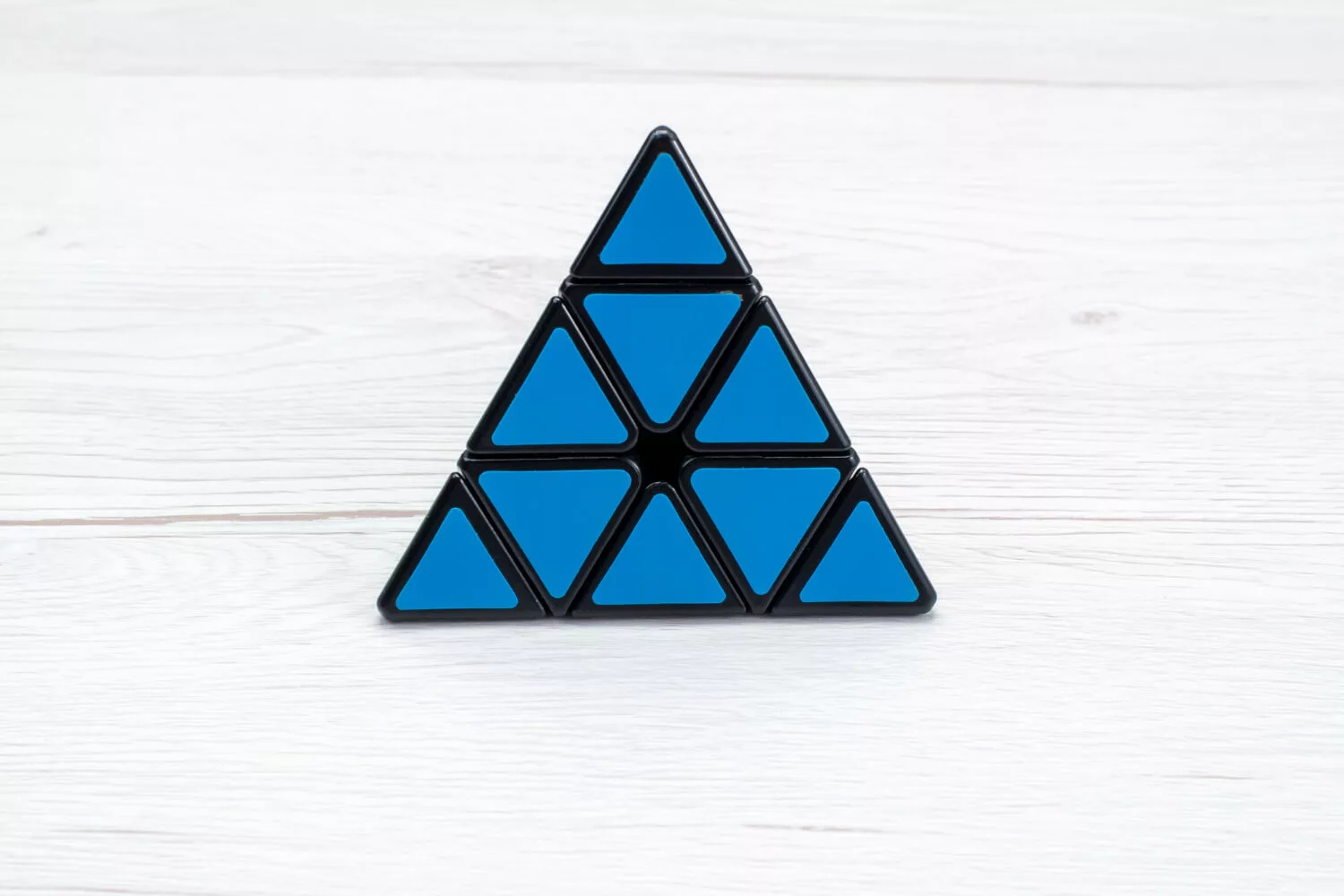Triangles aren’t only their sides and angles, though. These fundamental traits are only the beginning of their properties. Triangles have characteristics that can be both fascinating and beneficial. Some have straight angles, whereas others are sharp or obtuse. We’ll delve deeply into these traits to uncover the mysteries of the angles that have shaped our universe.
Triangles with three equal sides also have three equal angles. Isosceles triangles have two angles and at least two sides that are of equal length. Contrarily, there are no congruent sides or angles in scalene triangles. These differences give each triangle its particular identity, arousing interest and astonishment. We will explore the various kinds of triangles, their special characteristics, and the Pythagorean theorem’s continuing importance.
Types of Triangles: Meet the Triangle Family.
- Equilateral Triangles: These symmetrical marvels attract the eye because they have three equal sides and angles. One of the types of triangles is Equilateral, the most widely seen triangle.
- Isosceles Triangles: Isosceles are among the types of triangles With at least two equal-length sides, isosceles triangles display a lovely harmony between symmetry and variety.
- Scalene Triangles: Scalene is easy to recognize in types of triangles. These distinct and adaptable triangles lack congruent sides and angles, offering a wide range of geometric variations.
Properties of the Triangle:
Triangles are fascinating geometric forms with a wide range of characteristics, each of which adds to their distinctive character and range of uses. Here are a few crucial Properties of triangles:
Triangles are formed by triangles, which have three sides and three angles. Any triangle’s total angles are always equal to 180 degrees.
Triangles can be divided into three groups according to the angles they have: acute triangles (all angles are less than 90 degrees), obtuse triangles (one angle is higher than 90 degrees), and right-angled triangles (one angle is exactly 90 degrees).
Shape and size: Triangles can be either congruent (same in shape and size) or comparable (similar in shape but with varying sizes). Triangles with comparable angles and equal sides are said to be congruent.
Triangles have specific lines known as altitudes, medians, and bisectors. These lines have distinctive qualities and are crucial for many geometric computations and proofs.
Formulas for Calculating Area: Several formulas can be used to determine the area of a triangle, including A = 1/2 * base * height and Heron’s formula for more complicated situations involving the lengths of all three sides.
Exterior Angles: The sum of a triangle’s two remote interior angles determines its exterior angle. Understanding the relationships between exterior and interior angles in polygons can be done with the help of this characteristic.
Also Read: Constructions: Learning to construct geometric figures like bisectors, perpendiculars, and triangles
Pythagorean Theorem:
Geometrical foundations depend on the Pythagorean Theorem. The hypotenuse, or side opposing the right angle, has a square length that is equivalent to the sum of the squares of the other two sides in a triangle with a right angle, according to this rule.
According to maths Pythagorean Theorem formula is:
a² + b² = c²
Where:
The lengths of the two shorter sides (the legs) of the right-angled triangle are “a” and “b.”
The hypotenuse’s length is shown by the letter “c”.
The Pythagorean theorem is widely applied in mathematics and has real-world applications in industries including engineering, navigation, and construction.
Also Read: Areas and Volumes: Calculating areas and volumes of 2D and 3D shapes
Making Triangle Education Fun for Children
Triangles are captivating geometrical shapes for young students. It is not only enjoyable but also crucial to teach triangles to children in school to develop their fundamental understanding of shapes and geometry. Here’s how to engage children in triangle education while still making it educational:
Introduction to Basic Forms: Begin by teaching simple forms like circles, squares, and rectangles. Show them instances of triangles in their surroundings and describe them as a different type of form.
Triangle Hunt: Arrange a “Triangle Hunt” in which students look around the classroom or their homes for objects with triangle shapes. They can recognize triangles in real life thanks to this practical practice.
Arts and crafts: Get kids involved in arts and crafts projects where they can make triangles out of clay, coloured paper, or popsicle sticks. They can now examine and play with the shape thanks to this.
Come up with a catchy song or dance routine that incorporates triangles. Children may recall the form and its characteristics better if there is music and movement involved.
Scavenger Hunt: Take the youngsters outside on an outdoor scavenger hunt to look for triangles in their surroundings, such as triangular leaves, signs, or even the shadows of items that form triangles.
Use educational apps and games that are interactive to educate shapes. Triangles can be learned about using a variety of engaging digital tools.
Hands-On Exploration: To inspire kids to build and explore various triangular shapes, give them hands-on tools like tangrams or geometric puzzles.
Examples from the actual World: Show children examples of triangles in the actual world, such as in buildings (pyramids), traffic signs (yield signs), and even in the markings of some animals.
Keep in mind that play and discovery are the primary ways that young children learn, so keep the activities fun and engaging. Kids will better understand triangles by being introduced to them engagingly and enjoyably, and they will also grow to appreciate geometry from an early age.
Also Read: Famous Mathematicians and Their Inventions
Triangular Architecture Around the World:
For their strength, stability, and aesthetic appeal, triangles have long been favoured in architecture. They are used in numerous famous buildings all around the world.
- A famous example is the Eiffel Tower in Paris, France, with its lattice of iron triangles making a soaring and graceful structure.
- The Lotus Temple in Delhi, India, which was built to resemble a blooming lotus flower, makes use of triangular shapes to produce an eye-catching and resource-conserving structure.
- The Pyramids of Giza in Egypt, which are among the most well-known triangle-shaped buildings, have inspired people for ages and serve as a testament to their continuing allure.
- In addition, the Sydney Opera House in Australia has several triangular-segmented shell-like components.
These examples show how triangles are essential to some of the most famous and amazing architectural works in history, fusing form and function to produce buildings that endure.
Triangles are taught to children by EuroSchool using a combination of visual aids, interactive exercises, and real-world applications. They present triangles alongside circles, squares, and rectangles after starting with fundamental shapes. Learning is made more interesting by interactive games and puzzles, and kids can construct and explore triangles through arts and crafts.
During nature hikes, triangles are spotted in the area and their importance in daily life, such as in building design or road signage, is highlighted. This all-encompassing method aids kids in understanding the notion of triangles, establishing a solid geometry foundation while making learning fun and applicable to real-world situations.











